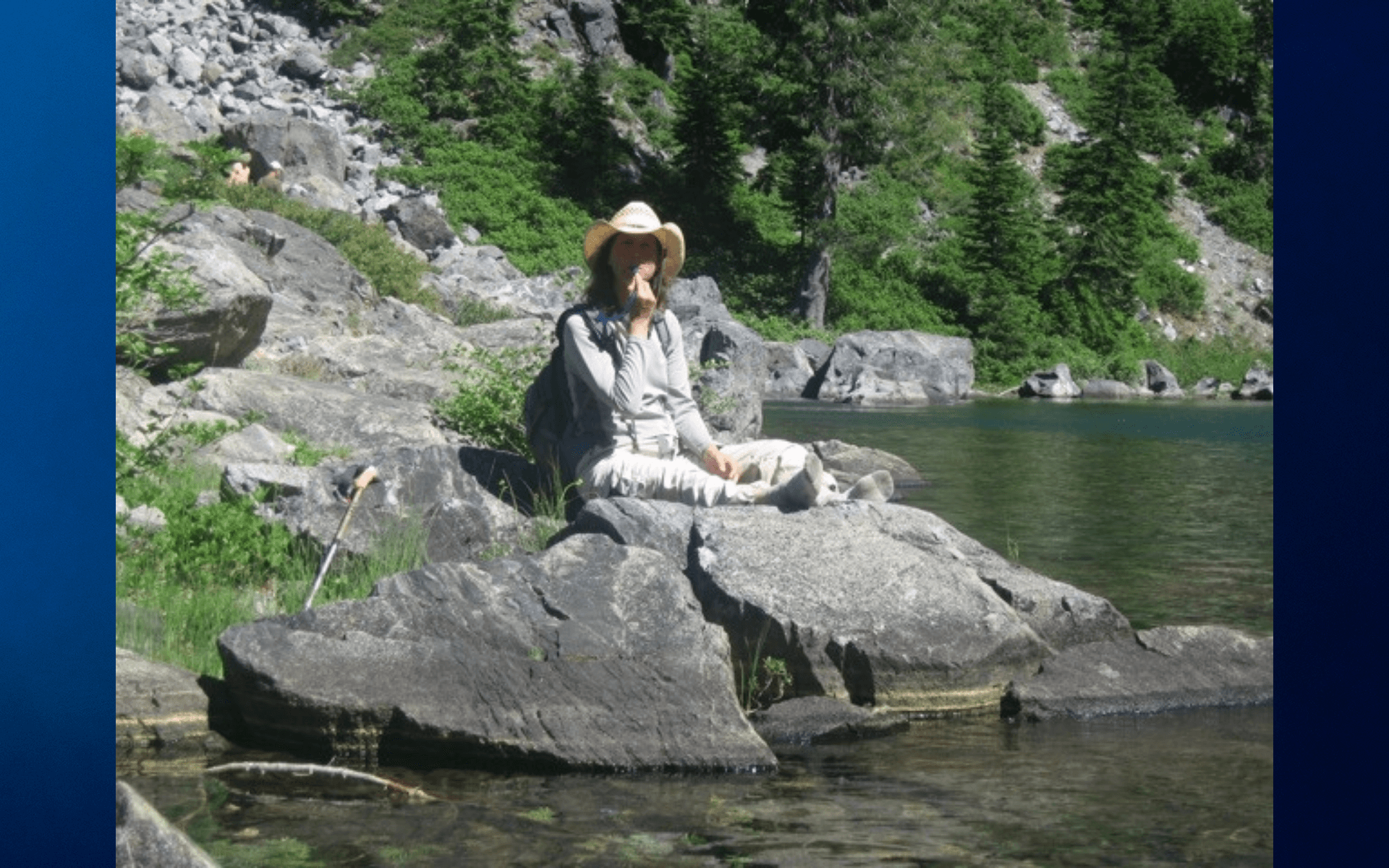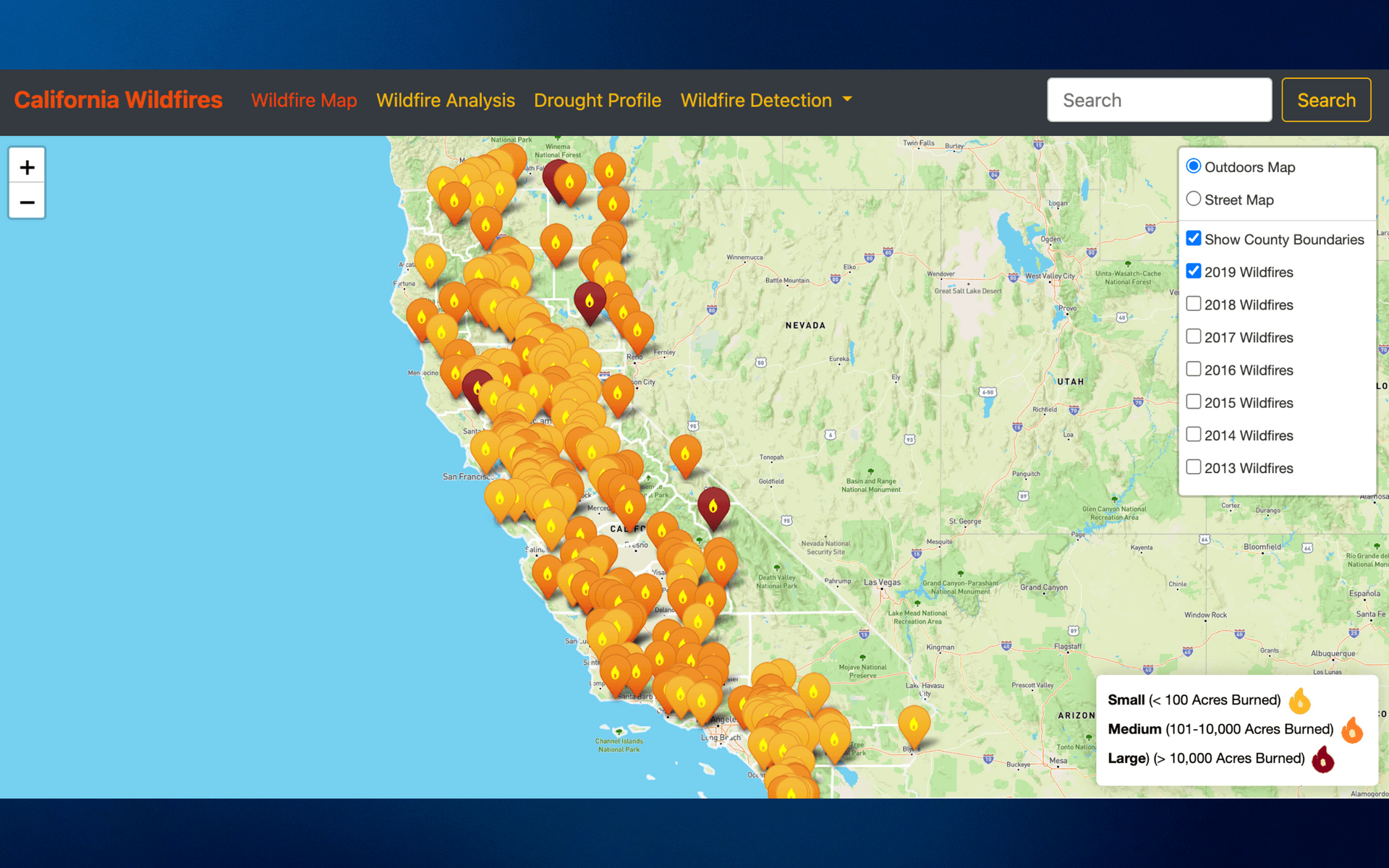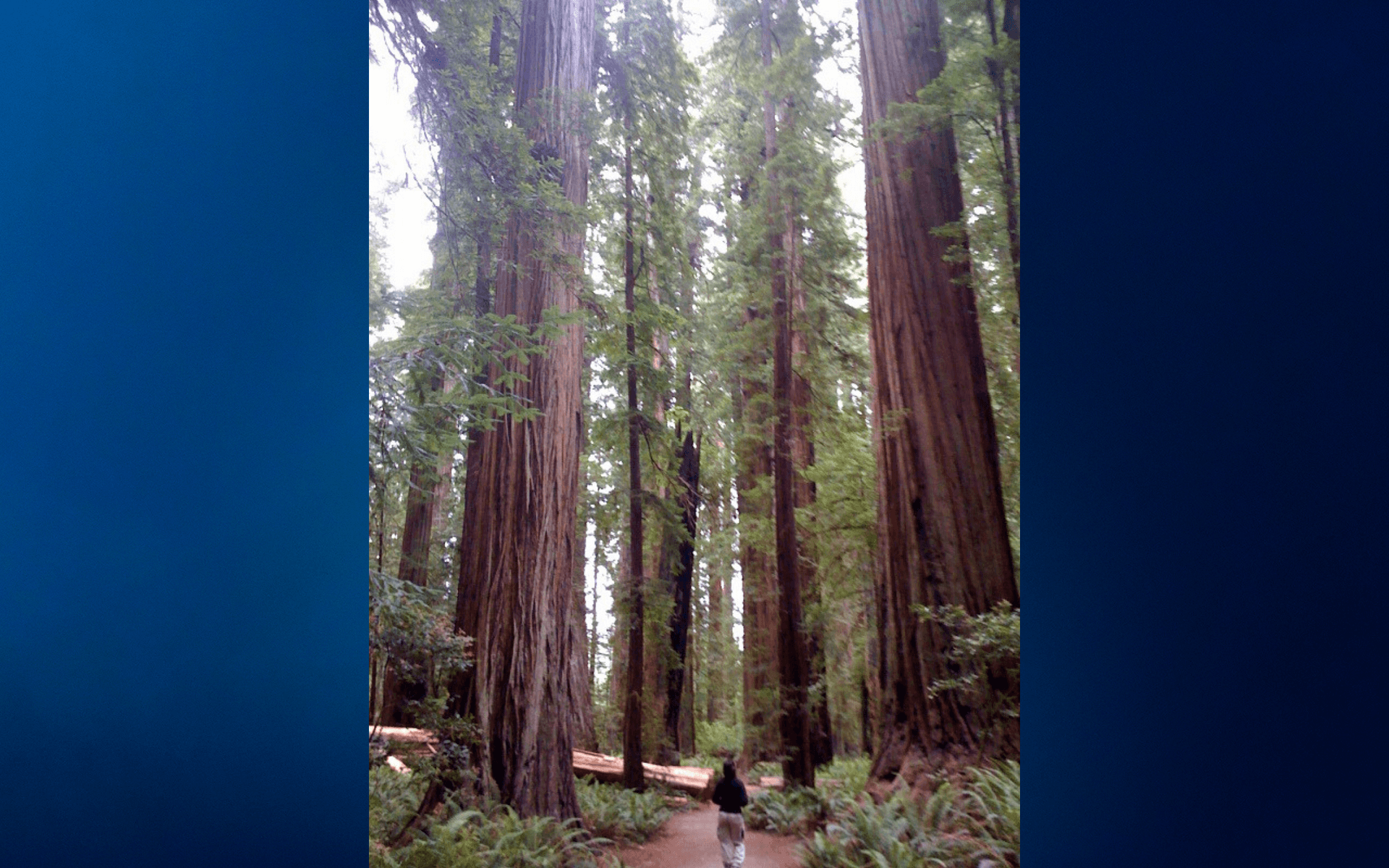Partner Spotlight
Using Data for Good: An Inside Look at This Boot Camp Graduate’s Tech Solution for Early Wildfire Detection
Written by Kayla Spencer on Oct 11, 2021
Related content: Boot Camps

I’m a senior career experience analyst at 2U; a big part of my job involves reviewing and interpreting data to help maximize students’ career opportunities and successful outcomes. So I very much admire others who use their data skills in support of important causes greater than their own.
Earlier this summer, I helped run 2U’s annual Next Level Contest, where boot camp graduates from universities across the nation come together to present creative, tech-enabled solutions to real-world problems. Since I live in California, one particular finalist’s project resonated with me on a personal level: an early wildfire detection solution built by Margaret Thorpe, a graduate of the UC Davis Data Analytics Boot Camp.
Leveraging technical skills gained in the boot camp, Margaret used machine learning to evaluate fire camera images and automatically detect smoke plumes that typically signal an ignition event—something that can have powerful implications for minimizing future destruction.
Living in Los Angeles, I’m often thinking about wildfire risks—checking air quality apps, scanning for updates, wondering when and where the next one will arise. For West Coast residents, wildfires impact decisions like where to travel, which routes to take, and even where to live. These natural disasters are top-of-mind not only in California, but also around the world. So it was rewarding to see Margaret truly embody the spirit of our contest by applying her passions and tech talents to such a pressing environmental issue. More than anything, I was inspired to see her using data for good.
The contest’s panel of judges—culled from instructors teaching in 2U-powered programs as well as some of today’s biggest tech giants like Google and Netflix—were equally impressed. “Great idea to help with a serious and growing problem!” raved one judge, while another said that “the value of this project is very evident.”
I recently sat down with Margaret to talk more about her impressive project, what her boot camp experience was like, and where her newly acquired skills are taking her next.
What inspired you to enroll in the boot camp?
I had worked hands-on with data a long time ago, much earlier in my career, and loved it. But then I got into product management and wasn't working directly with data in the same way anymore. I reached a point where I wanted to be hands-on again, and knew that getting there would require a new skill set. The industry has changed so much, and there are so many cool tools and libraries out there. It's a whole different ball of wax, so I decided it was time to upgrade my skills.
How was your experience in the boot camp, and what would you say are some of the greatest things you gained from it?
Every week, there was a new programming language, a new software library, a new tool—we were inundated with cutting-edge code and software in every class. It was definitely a challenge, but my brain was so stimulated and I was constantly learning. Halfway through the boot camp, things really started to click with me. I realized, “Hey, I can pretty much learn anything as long as I’m willing to put in the time.” That was a really cool outcome.
Self-confidence was definitely one of my biggest takeaways. By the end of the boot camp, I had completely new confidence in my ability to learn and master all kinds of technical topics that had seemed out of reach earlier. For example, D3 is a JavaScript library for making really incredible, interactive data visualizations. I never would have thought that I’d be developing stuff using D3 that actually works, but here I am. It’s been such a rewarding experience.

Let’s fast forward to your early wildfire detection dashboard. Why did you choose this topic for your final boot camp project and contest submission?
As someone who lives in northern California, I have a personal interest in wildfire detection. Every summer, our skies are filled with smoke and roads are shut down. When you drive somewhere, you have to navigate a wildfire map. But wildfires aren’t just a problem for my state and our country. The whole world is burning, and something needs to be done about that. My project explores the feasibility of automating the early detection of wildfires using machine learning—because the quicker a fire can be detected, the less destruction it will cause.
How exactly does your project do that?
So my project is essentially a proof of concept that uses a convolutional neural network (CNN) to evaluate Pan-Tilt-Zoom fire images from the ALERT Wildfire camera network, which professionals operate but the public can also monitor cameras and send notifications if they spot a wildfire. Since this process still requires a lot of human monitoring, I set out to train the neural network to 1) automatically identify—among other landscape features like rocks, buildings, power poles, lakes, cars, etc.—that very tiny plume of smoke that shows up at the beginning of a wildfire, and then 2) alert the humans.
I collected 2,300 smoke images and augmented the data set programmatically, which resulted in a data set of 16,000 smoke images of all different shapes and from all different angles, to give the system as many different examples to learn from as possible. And then I continued tweaking the system to minimize the false positive and false negative rates, until I got the accuracy up to almost 95%. To help people understand the scope and impact of wildfires in California, I added the wildfire detection capability to our California Wildfire dashboard, a previous class project that analyzes and visualizes historical California wildfire incident data—through maps, charts, and filterable metrics—in order to identify significant trends we can all learn from. I used a variety of tools to build the dashboard, including the Wildfire 1.0 API, csv2json, PostgreSQL, Plotly, Bootstrap, JavaScript, HTML, CSS, and a bunch more.

Wow, that’s a lot of work, and it sounds like it paid off with all the visibility and accolades you got from the Next Level Contest. So where are you taking your passion and newly acquired skills next?
For one, my project led me to connect with a South Korean company that works on global tech solutions, similar to the prototype I proposed. They’re actually piloting a program in Sonoma County here, and a bunch of other counties are interested as well. They said they’re investing in local talent in the near future. We talked about career possibilities—I’d love to work with them—so we’ll see!
Otherwise, thanks to my experiences in the boot camp and the Next Level Contest, I’ve been extremely active in the job search. Getting all that great feedback about my wildfire project made it clear to me that I want to work on tech projects that help make a positive difference in people's lives. As I’ve been investigating all my new career options, I’ve found myself more drawn to organizations that operate in the “civic tech" space: organizations like the United States Digital Service (USDS), Code for America, Nava Public Benefit Corporation, etc. I’ve been interviewing with a number of them already—and in fact, I have more interviews with one of those organizations for a position that’s right up my alley! My prospects are looking bright.
~~~
Interested in more stories of student success? Read about the other finalists from this year’s Next Level Contest—involving chocolate and an ancient civilization!
Latest.
Learn more about us.
At 2U, we’re on a mission—to eliminate the back row in higher education and help universities thrive in the digital age. To learn more about who we are and what we do, follow the links below.